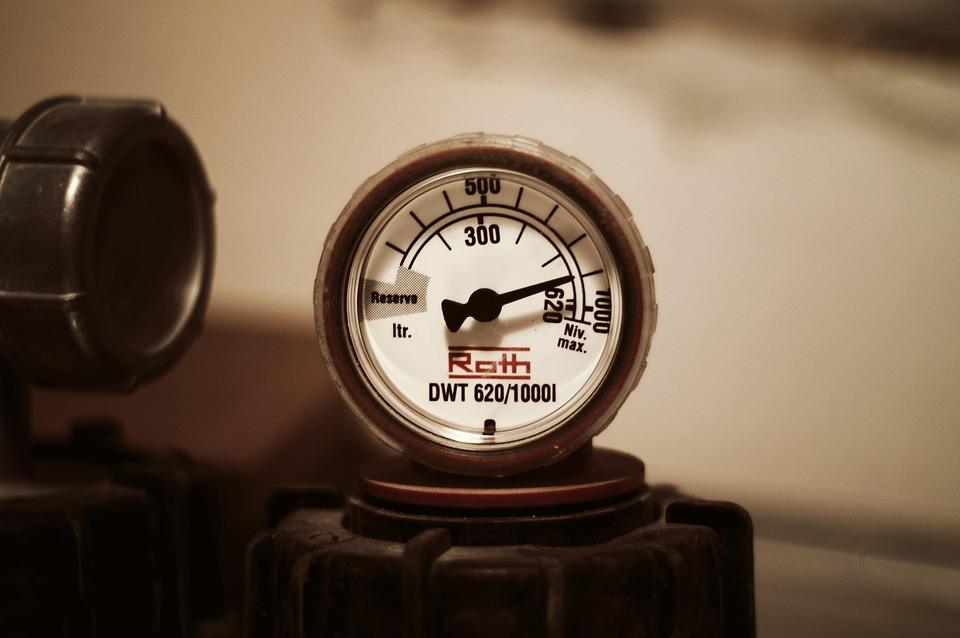Technical indicators are your crystal ball in the world of trading. They help you make sense of the market’s chaos and guide you towards more informed decisions. Whether you’re a seasoned trader or just dipping your toes in, understanding these indicators can be the game-changer you need.
Contents
What Are Technical Indicators?
Technical indicators are mathematical calculations based on historical price, volume, or open interest of a security. They provide insights into market trends and potential price movements. Why do they matter? Because they help you anticipate market shifts, manage risks, and ultimately make profitable trades. It’s like having a roadmap to navigate the often unpredictable landscape of trading.
Why You Should Trust These Indicators
Using technical indicators isn’t about blindly following numbers. It’s about leveraging years of market data and expert analysis to make educated decisions. When you grasp how these indicators work, you take your trading from guesswork to strategy. So, let’s dive into the ten must-know technical indicators every trader should have in their toolkit.
1. Moving Averages (MA)
Moving averages smooth out price data to identify trends over a specific period. The two most common types are:
- Simple Moving Average (SMA): This takes the average price over a set number of days. It’s straightforward and effective for spotting trends.
- Exponential Moving Average (EMA): This gives more weight to recent prices, making it more responsive to new information.
Why it matters: Moving averages help you identify whether a stock is trending up or down, allowing you to make informed entry or exit decisions.
2. Relative Strength Index (RSI)
The RSI is a momentum oscillator that measures the speed and change of price movements. Ranging from 0 to 100, it indicates whether a security is overbought or oversold.
Key levels:
- Above 70: Overbought
- Below 30: Oversold
Why it matters: By identifying these extremes, you can spot potential reversal points, helping you seize opportunities before others do.
3. Moving Average Convergence Divergence (MACD)
MACD is a trend-following momentum indicator that shows the relationship between two moving averages. It consists of:
- MACD Line: The difference between the 12-day EMA and the 26-day EMA.
- Signal Line: The 9-day EMA of the MACD Line.
Why it matters: Crossovers between the MACD Line and the Signal Line can indicate buy or sell signals, giving you a clearer direction for your trades.
4. Bollinger Bands
Bollinger Bands consist of a middle band (the 20-day SMA) and two outer bands that are standard deviations away from this SMA. They expand and contract based on market volatility.
Why it matters: When prices touch the upper band, it could indicate overbought conditions. Conversely, touching the lower band might signal oversold situations. This insight can guide your trading decisions.
5. Stochastic Oscillator
The Stochastic Oscillator compares a security’s closing price to its price range over a specific period. It ranges from 0 to 100 and is useful for identifying overbought or oversold conditions.
Key levels:
- Above 80: Overbought
- Below 20: Oversold
Why it matters: This indicator helps you time your entries and exits, allowing you to maximize potential profits.
6. Volume
Volume measures the number of shares traded in a specific timeframe. It’s a crucial indicator of market strength.
Why it matters: High volume during price increases suggests strong buying interest, while high volume during price declines indicates strong selling pressure. This can help you confirm trends.
7. Average True Range (ATR)
ATR measures market volatility. It considers gaps in price movement and is usually calculated over 14 days.
Why it matters: Understanding volatility allows you to adjust your trading strategy accordingly. A high ATR suggests higher risk, while a low ATR indicates a more stable market.
8. Fibonacci Retracement
Fibonacci retracement levels are horizontal lines that indicate areas of support or resistance at the key Fibonacci levels before the price continues in the original direction.
Key levels:
- 23.6%
- 38.2%
- 50%
- 61.8%
Why it matters: These levels can act as potential reversal points, giving you crucial insights into when to enter or exit trades.
9. Parabolic SAR (Stop and Reverse)
The Parabolic SAR provides potential reversal points in the price of a stock. It appears as dots above or below the price on a chart.
Why it matters: When the dots are below the price, it suggests a bullish trend, while dots above indicate a bearish trend. This indicator helps you set stop-loss levels effectively.
10. Ichimoku Cloud
The Ichimoku Cloud is a comprehensive indicator that provides information about support, resistance, trend direction, and momentum. It consists of five lines:
- Tenkan-sen (Conversion Line)
- Kijun-sen (Base Line)
- Senkou Span A & B (Leading Span)
- Chikou Span (Lagging Span)
Why it matters: This complex indicator gives you a holistic view of the market, helping you make more informed trading decisions.
Conclusion: Building Your Trading Strategy
Understanding these technical indicators is essential for every trader looking to elevate their game. Armed with this knowledge, you can craft a trading strategy that is informed, confident, and capable of navigating the market’s ups and downs.
Bottom Line
The right technical indicators can transform your trading experience from a guessing game to a strategic endeavor. As you incorporate these tools into your trading routine, remember that successful trading is not just about numbers; it’s about understanding the market and trusting your instincts.
Call to Action: Ready to take the plunge? Start applying these technical indicators in your trades today, and watch as your confidence and success grow!
FAQ
1. How do I choose which technical indicators to use?
Focus on those that align with your trading style and goals. Experiment with a few to see which provide the most actionable insights for you.
2. Can technical indicators guarantee profits?
No, while they can enhance your decision-making, they cannot guarantee results. Always combine them with sound risk management practices.
3. How often should I check my indicators?
This depends on your trading style. Day traders may check indicators multiple times a day, while swing traders might look at them weekly.
For further reading and resources, consider checking out reputable sites like Investopedia, The Motley Fool, or MarketWatch.








